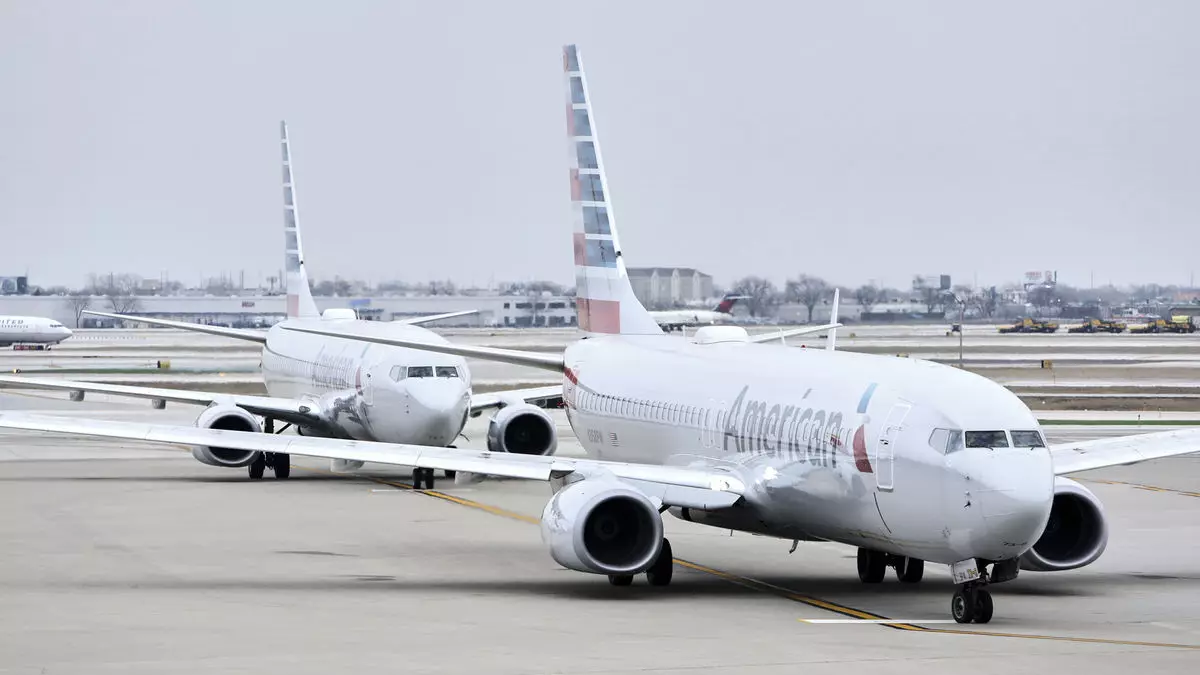American Airlines is in a pivotal moment as it seeks to reclaim its position in the corporate travel market, recognizing the need for substantial changes in its sales strategies. With a renewed focus on building a robust global sales division and reinstating previously shelved corporate benefits, the airline is taking proactive measures to counterbalance the financial setbacks it faced due to a strategic misstep last year. The decisions being made now are essential not only for reversing recent losses but also for ensuring long-term competitiveness against major rivals such as Delta and United.
The reestablishment of American Airlines’ global sales division marks the airline’s attempt at a significant turnaround. This revival follows the costly closure of its corporate sales operations in September 2023—a move that many deemed a misguided attempt to shift focus toward direct and New Distribution Capability (NDC) bookings. Scott Laurence, the airline’s Vice President of Partnerships and Retailing, highlighted the importance of having a well-structured sales organization in order to compete effectively. The increased hiring of account managers and sales support personnel illustrates the airline’s commitment to enhancing its sales capabilities, although it will still remain smaller than its pre-pandemic counterpart.
To facilitate this revival, former executives Scott Mabry and Jim Carter, who were let go during the earlier restructuring, have returned to assist in the transition. This drive towards reinvigoration has led to a 20% increase in account manager headcount since May, demonstrating that American Airlines recognizes the urgency of restoring its standing in the corporate travel sphere.
American Airlines faced a daunting forecast, with CEO Robert Isom estimating a staggering $1.5 billion revenue loss tied to the prior strategy of diminishing reliance on travel agencies. This revenue drop includes a considerable $750 million projected for the second half of the year. Laurence’s comments suggest an ongoing struggle as the airline navigates these financial waters; however, he remains optimistic about the path ahead. A crucial element of this recovery strategy is the reintroduction of the Corporate Experience benefits program, which aims to entice corporate clients back by offering enhanced perks such as priority check-ins and free preferred seating.
These changes suggest that American Airlines is not only aware of the competitive dynamics at play but is also actively working to regain lost ground. Offering tangible benefits to corporate clients signals a clear return to the practices that helped the airline build strong relationships with travel agencies and corporations alike.
In a noteworthy comeback, the AAdvantage Business incentive program is now rewarding small and midsize companies for bookings made through travel agencies. This shift reflects a strategic pivot away from the airline’s previous policy, which focused solely on direct bookings. By reintegrating travel agencies into its sales channels, American Airlines is broadening its reach, allowing the airline to benefit from the established relationships and systems that travel advisors provide.
Adding to this momentum is the recent extension of a 10% commission program for NDC-enabled sales. Initially set to expire in September, this initiative has been pushed through the end of the year, indicating both flexibility and a willingness to support agents transitioning to the NDC framework. Laurence argues that continuous pricing—a system that enhances fare competitiveness for customers—is fundamental to the future success of NDC.
The introduction of continuous pricing reflects a broader industry trend, which allows airlines to offer dynamic and competitive fare structures. This capability is not achievable through traditional Global Distribution Systems (GDS), making NDC an increasingly critical component of American Airlines’ strategy. By emphasizing the advantages of NDC and displaying preparedness in adopting these technologies, American is positioning itself ahead of the curve in terms of modern customer service and operational efficiency.
These technological advancements allow airlines to provide a more transparent pricing structure to clients, potentially increasing customer satisfaction. At the same time, focusing on agency-friendly initiatives will likely enhance collaboration with travel advisors, ensuring that American Airlines remains a relevant player in the corporate travel space.
The revitalization of American Airlines’ corporate sales strategy denotes a crucial step forward in the airline’s journey to reclaiming its position within the competitive landscape of corporate travel. By reinstating its sales division, reviving key programs, and employing modern technology to enhance customer experience, American Airlines demonstrates a commitment to learning from past mistakes and adapting to the industry’s evolving needs. As the airline reshapes its operational framework, stakeholders will be watching closely to see if these changes yield the desired financial outcomes and restore American Airlines’ reputation in the corporate domain.


Napsat komentář